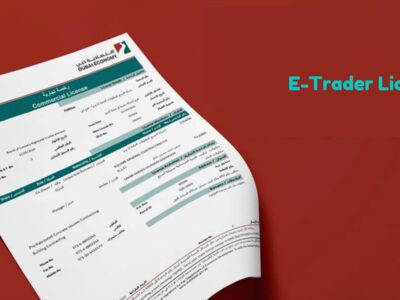Tandem axle trailers are favored for their stability and load-carrying capacity, making them a popular choice for transporting various types of cargo. However, like all equipment, tandem axle trailers can encounter issues over time. If you’re using tandem axle trailers in Sydney or elsewhere, understanding how to troubleshoot common problems can help keep your trailer in optimal condition and ensure safe operation.
1. Uneven Tire Wear
Uneven tire wear is a common issue with tandem axle trailers. It can be caused by several factors, including improper alignment, unbalanced loads, or under-inflated tires. If you notice that the tires on your trailer are wearing unevenly, first check the tire pressure and ensure it matches the manufacturer’s recommendations. Next, inspect the alignment of the axles. Misalignment can lead to excessive wear on one side of the tires. If necessary, have a professional check the alignment and make adjustments to correct any issues.
2. Suspension Problems
The suspension system on tandem axle trailers is crucial for smooth operation and load stability. Common suspension issues include worn-out bushings, damaged shocks, and broken leaf springs. If you experience a rough ride or notice sagging or bouncing while towing, inspect the suspension components. Look for signs of wear or damage and replace any faulty parts. Regular maintenance and prompt repairs can prevent further damage to the trailer and ensure better performance.
3. Braking System Issues
Tandem axle trailers are equipped with braking systems that help ensure safe stopping power. Problems with the braking system can lead to unsafe driving conditions. Common issues include brake fade, uneven braking, or complete brake failure. If you notice that the trailer is not braking effectively, check the brake pads and rotors for wear. Also, ensure that the brake fluid is at the proper level and that there are no leaks in the brake lines. If the brakes are not functioning correctly, have them inspected and repaired by a professional.
4. Electrical System Failures
Electrical issues can affect the lighting and signaling systems of tandem axle trailers. Problems such as faulty wiring, blown fuses, or malfunctioning lights can make the trailer less visible to other drivers, increasing the risk of accidents. If you experience issues with the trailer’s lights or electrical connections, start by checking the fuses and wiring for any visible damage. Ensure that all connections are secure and free of corrosion. Replacing faulty bulbs or repairing damaged wiring can often resolve electrical issues.
5. Hitch and Coupling Problems
The hitch and coupling system of a tandem axle trailer is responsible for connecting the trailer to the towing vehicle. Common problems include loose couplings, damaged hitches, or misaligned connections. If you experience difficulty in hitching the trailer or notice that it’s not securely attached to the towing vehicle, inspect the hitch for any signs of wear or damage. Ensure that the coupling mechanism is properly aligned and locked into place. Regularly check the hitch and coupling components for signs of wear and replace them as needed.
6. Frame and Chassis Issues
The frame and chassis of a tandem axle trailer provide structural support and stability. Issues such as cracks, rust, or bent components can compromise the integrity of the trailer. If you notice any abnormalities in the trailer’s frame or chassis, inspect the affected areas for signs of damage. Rust can be treated with rust remover and primer, while cracks or bends may require welding or replacement of damaged parts. Regular inspections can help catch frame and chassis issues early, preventing more significant problems.
7. Load Distribution Problems
Proper load distribution is essential for the safe operation of tandem axle trailers. An unevenly distributed load can lead to handling issues, excessive tire wear, or even trailer sway. When loading the trailer, ensure that the weight is evenly distributed across both axles. Use load distribution tools such as equalisers or weight distribution hitches to help maintain balance. If you experience handling problems, reassess the load distribution and make necessary adjustments.
8. Maintenance and Inspection
Regular maintenance and inspections are key to preventing and addressing common issues with tandem axle trailers. Perform routine checks on tires, suspension, brakes, electrical systems, and the frame to identify potential problems before they escalate. Follow the manufacturer’s maintenance schedule and address any issues promptly to ensure the trailer remains in good working condition.
In summary, if you’re operating tandem axle trailers in Sydney or elsewhere, staying vigilant for these common issues and addressing them promptly can help ensure the trailer’s performance and safety. Regular maintenance and timely repairs are essential for keeping your tandem axle trailer in top shape and extending its lifespan.














Comments